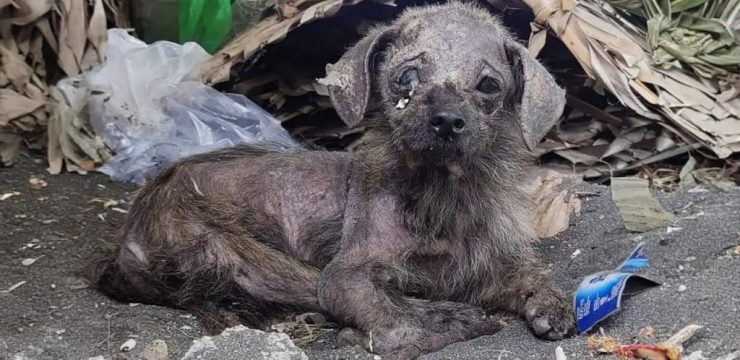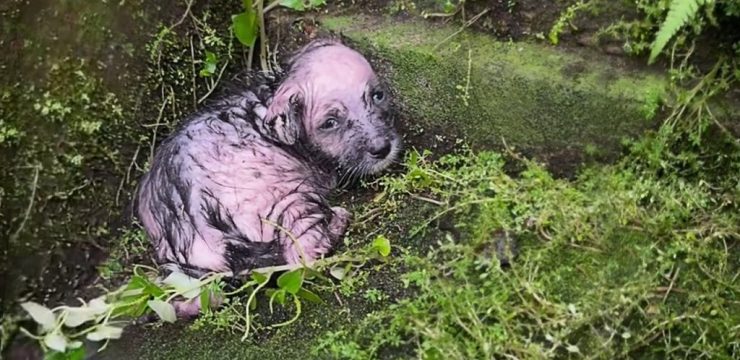In recent years, vaping has exploded in popularity, especially among young people, as an alternative to traditional cigarettes. Marketed as a safer and more modern way to consume nicotine, e-cigarettes have become a cultural phenomenon. However, many health professionals are sounding the alarm about the possible long-term consequences of vaping—most notably, a dangerous condition known as “popcorn lung.” This irreversible disease, officially called bronchiolitis obliterans, has been linked to chemicals found in vape liquids, making it more important than ever to understand the risks before picking up a vape device. Popcorn lung affects the bronchioles, which are the smallest airways in the lungs.
 When damaged, these tiny airways become inflamed and scarred, making it harder for air to flow freely. Symptoms include a persistent cough, wheezing, fatigue, and shortness of breath. The condition got its nickname after a cluster of workers in microwave popcorn factories developed it due to exposure to a chemical called diacetyl—a compound used to create that buttery popcorn flavor. While diacetyl is safe when eaten in food, inhaling it is a different story. Breathing in diacetyl over time has been proven to cause serious respiratory issues, including popcorn lung. Once diacetyl was found in some e-cigarette flavorings, experts began raising red flags about its risks. Although diacetyl is banned in many places, studies have shown that more than 75% of flavored vaping liquids still contain it, despite health warnings. Vaping was originally intended to help smokers quit, but it’s evolved into a trend, especially among teens and young adults. According to the CDC, more than 11% of U.S. high school students were using e-cigarettes as recently as 2021. With appealing flavors and the belief that it’s less harmful than smoking, vaping seems harmless to many users. Unfortunately, that’s not the full picture. Even though vapes don’t contain tobacco, the chemicals in the vapor—especially diacetyl—can still do real damage to lung tissue. One major concern is the unregulated nature of the vaping industry. Not every e-liquid contains diacetyl, but the lack of oversight means that users often don’t know what they’re inhaling. High-powered vape devices that produce more vapor may increase exposure to these harmful chemicals. Over time, regular use can potentially scar the lungs beyond repair. And that’s the key issue with popcorn lung: once the damage is done, it’s permanent. There’s currently no cure. Treatments can help manage symptoms, but they won’t reverse the damage already done. That’s why prevention is so important. Avoiding vaping entirely—or at least cutting back—can protect lung health before serious issues set in. Early detection of popcorn lung is difficult, as symptoms like coughing or wheezing may resemble asthma or chronic bronchitis. That’s why anyone who vapes and notices persistent breathing problems should consult a medical professional. Proper diagnosis can lead to symptom management, but again, it can’t undo the damage. Medical professionals and public health experts continue to speak out. The American Lung Association has repeatedly warned about the dangers of inhaling diacetyl and other chemicals in e-cigarettes. Pulmonologists stress that while research is ongoing, early evidence shows that vaping is not as safe as many assume. Dr. John Doe, a noted lung specialist, points out, “We’re only beginning to understand the long-term effects of vaping, but what we know now should already be cause for serious concern.” While vaping might expose users to fewer toxic substances than traditional cigarettes, that doesn’t mean it’s safe. Cigarettes are filled with known carcinogens, but e-cigarettes come with their own set of harmful compounds like formaldehyde and acrolein in addition to diacetyl. The risks are different but still very real. Regulatory efforts are slowly catching up. The FDA now requires vape manufacturers to submit ingredient lists and get product approval. However, enforcement remains uneven, and many products slip through the cracks. With so many brands, flavors, and devices on the market, it’s nearly impossible for regulators to keep pace. This leaves consumers vulnerable to unsafe products. One of the biggest hurdles in fighting the vaping epidemic is public awareness. Many young people still believe vaping is harmless, thanks to flashy marketing and social media influence. Educational efforts are needed to correct these misconceptions. Public health campaigns in schools and communities can make a difference by helping teens and young adults make more informed choices.
When damaged, these tiny airways become inflamed and scarred, making it harder for air to flow freely. Symptoms include a persistent cough, wheezing, fatigue, and shortness of breath. The condition got its nickname after a cluster of workers in microwave popcorn factories developed it due to exposure to a chemical called diacetyl—a compound used to create that buttery popcorn flavor. While diacetyl is safe when eaten in food, inhaling it is a different story. Breathing in diacetyl over time has been proven to cause serious respiratory issues, including popcorn lung. Once diacetyl was found in some e-cigarette flavorings, experts began raising red flags about its risks. Although diacetyl is banned in many places, studies have shown that more than 75% of flavored vaping liquids still contain it, despite health warnings. Vaping was originally intended to help smokers quit, but it’s evolved into a trend, especially among teens and young adults. According to the CDC, more than 11% of U.S. high school students were using e-cigarettes as recently as 2021. With appealing flavors and the belief that it’s less harmful than smoking, vaping seems harmless to many users. Unfortunately, that’s not the full picture. Even though vapes don’t contain tobacco, the chemicals in the vapor—especially diacetyl—can still do real damage to lung tissue. One major concern is the unregulated nature of the vaping industry. Not every e-liquid contains diacetyl, but the lack of oversight means that users often don’t know what they’re inhaling. High-powered vape devices that produce more vapor may increase exposure to these harmful chemicals. Over time, regular use can potentially scar the lungs beyond repair. And that’s the key issue with popcorn lung: once the damage is done, it’s permanent. There’s currently no cure. Treatments can help manage symptoms, but they won’t reverse the damage already done. That’s why prevention is so important. Avoiding vaping entirely—or at least cutting back—can protect lung health before serious issues set in. Early detection of popcorn lung is difficult, as symptoms like coughing or wheezing may resemble asthma or chronic bronchitis. That’s why anyone who vapes and notices persistent breathing problems should consult a medical professional. Proper diagnosis can lead to symptom management, but again, it can’t undo the damage. Medical professionals and public health experts continue to speak out. The American Lung Association has repeatedly warned about the dangers of inhaling diacetyl and other chemicals in e-cigarettes. Pulmonologists stress that while research is ongoing, early evidence shows that vaping is not as safe as many assume. Dr. John Doe, a noted lung specialist, points out, “We’re only beginning to understand the long-term effects of vaping, but what we know now should already be cause for serious concern.” While vaping might expose users to fewer toxic substances than traditional cigarettes, that doesn’t mean it’s safe. Cigarettes are filled with known carcinogens, but e-cigarettes come with their own set of harmful compounds like formaldehyde and acrolein in addition to diacetyl. The risks are different but still very real. Regulatory efforts are slowly catching up. The FDA now requires vape manufacturers to submit ingredient lists and get product approval. However, enforcement remains uneven, and many products slip through the cracks. With so many brands, flavors, and devices on the market, it’s nearly impossible for regulators to keep pace. This leaves consumers vulnerable to unsafe products. One of the biggest hurdles in fighting the vaping epidemic is public awareness. Many young people still believe vaping is harmless, thanks to flashy marketing and social media influence. Educational efforts are needed to correct these misconceptions. Public health campaigns in schools and communities can make a difference by helping teens and young adults make more informed choices.
For anyone currently vaping, it’s not too late to quit. Cutting back or stopping altogether can significantly reduce the chances of developing long-term health issues like popcorn lung. Support is available—from doctors, quit lines, and smoking cessation programs. Advocating for stricter regulations and more transparent labeling can also protect future generations from the unknown dangers of vaping. The bottom line: while vaping may seem like a trendy or safer option, the hidden health risks, especially the potential for permanent lung damage, make it a habit worth avoiding. By staying informed and making conscious decisions, you can protect your respiratory health and that of those around you.





